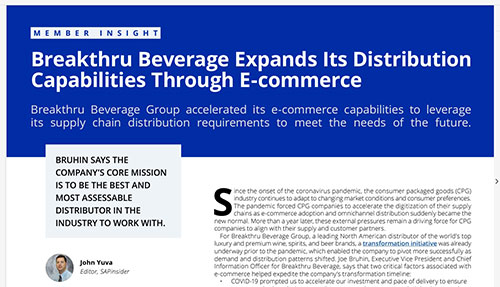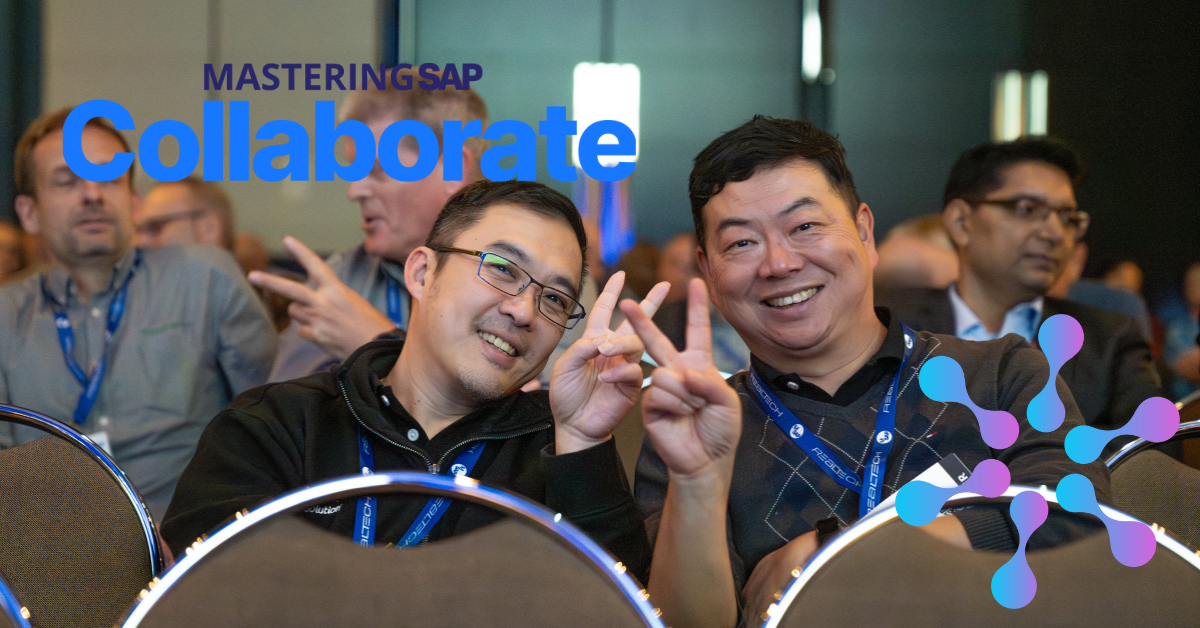Going Above & Beyond the Price Point
Meet the Authors
Key Takeaways
⇨ Automating cost pass-through can enhance branch independence while maintaining corporate pricing strategies through the use of statistical information.
⇨ Delivering real-time pricing guidance across all sales and customer interactions empowers branch managers and aligns corporate pricing with local autonomy.
⇨ Leveraging revenue intelligence and collaborative relationships with suppliers can optimize profitability and improve customer offerings without resorting to unsustainable pricing practices.
When seeking harmony between corporate pricing teams and branch managers that value autonomy, it’s worth SAP Insiders considering the following strategies highlighted in a recent roundtable from pricing lifecycle management leader, Zilliant:
- Study how automating cost pass-through can help your company keep its branches independent using statistical information.
- Evaluate the importance of delivering pricing guidance to every sales and customer touchpoint with speed whilst empowering individuals through data.
- Understand the importance of sharing revenue intelligence to account reps and the power of automation behind this data.
Exploring these strategies in the roundtable was commercial vehicle retailer Rush Enterprises, which has developed analytics and AI tools both with Zilliant and also in-house as part of its mission in removing the natural tension which sometimes exists between corporate pricing teams and branch managers.
On the subject of revenue intelligence, Gonzalo Benitez, Director of Pricing & Data Management, Rush Enterprises, explains data should go beyond simply giving the price point by sharing the following recommendations from his learnings:
Explore related questions
- Generate Account-Specific Actions from Your Data
- Protect, Recover and Grow Revenue
- Pitch the Right Products to the Right Customers
- Prioritize and Align Sales Efforts
Benitez and Rush are focused on optimizing profitability while offering customers better options. This approach involves rethinking product offerings to provide alternatives without engaging in the proverbial race to the bottom. Simply put, the goal is to identify products at similar price points and quality levels that meet customer needs. By transferring inventory to different locations with alternate products, Benitez and team aim to maintain profitability, meet customer targets, and achieve savings.
A key aspect of this strategy is leveraging relationships with suppliers. Instead of simply declining offers, Benitez advocates for collaborative efforts with suppliers to bring new business to both parties. This includes exploring alternative sourcing options, leveraging supply chains, and considering programs that benefit both sides. The Rush director also emphasizes the importance of expanding resources and identifying ways to use new tools or purchase methods to facilitate incremental growth.
As revealed in the roundtable, Rush Enterprises has been exploring ways to enhance the product portfolio through campaigns that promote switching customers from one product to another, driven by availability, profitability, or preference. For example, one may encourage the shift from Product A to Product B, based on supplier advantages such as better return policies or reduced risk of obsolescence. This enables the company to avoid being burdened with unsold inventory, which can lead to financial losses.
Another key area Benitez focuses on is customer segmentation. He works to identify profitable versus non-profitable customers and to manage the book of business accordingly. For example, when dealing with customers that generate substantial revenue but incur high costs, Benitez looks for strategies to manage or transition them effectively, ensuring that customer needs are met while maintaining overall profitability.
For Rush, its work in price automation and the collaboration with Zilliant has seen some immediate ROI: a 130 BPS margin lift; around $2m in annual price realization; and around $20m annual incremental revenue.
Magnus Meier, Global Head, SAP Wholesale Distribution Business Unit, notes these results as higher than he would usually expect, thus underlining the potential power of automation in pricing for businesses. “Overall, the investment paid for itself – one of the key drivers for businesses trying to build a business case around [automation],” as he told Zilliant. “You don’t have to bring the elephant home: run prototypes, chop it up in market units, line of business, however you want to do it. But prove that it works, and as Gonzalo [Benitez] said, if you show them the impact, the change management and adoption gets so much easier.”






